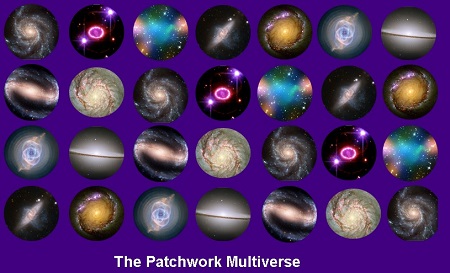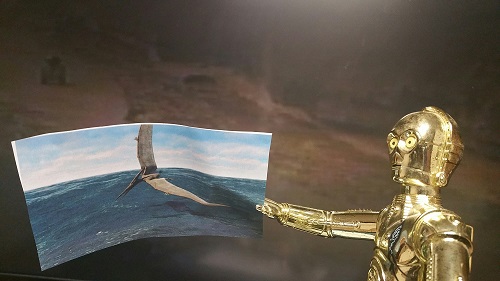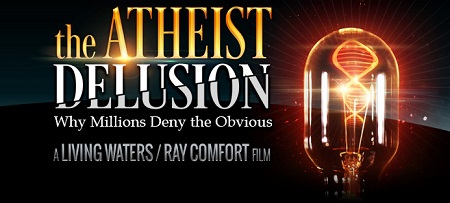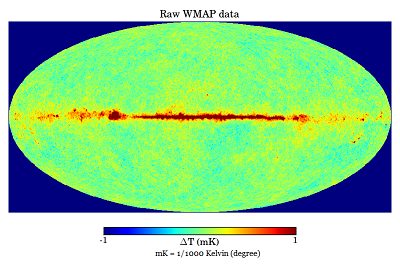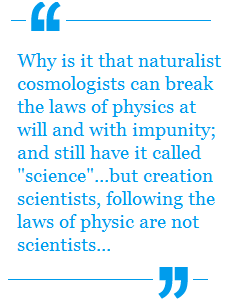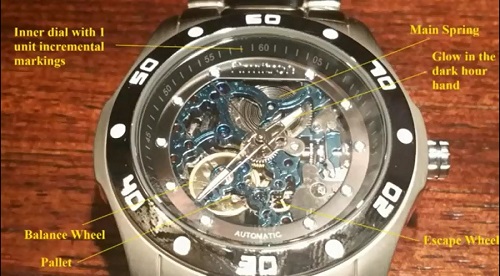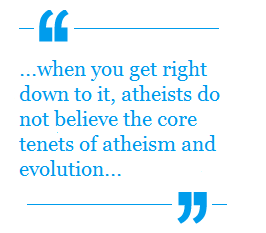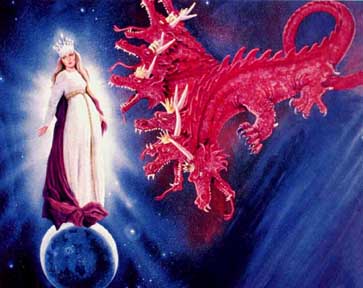
What casts no shadows besides vampires? Apparently, the big bang.
In theory, scientists are objective seekers of the truth, handling the data that is discovered with honesty and integrity. Unfortunately particularly in sciences that have worldview implications, that is not the case. One of those sciences is cosmology – the science that attempts to determine the origin and development of the universe. With the possible exception of Darwinian evolution, there are no sciences that have larger worldview implications that cosmology. Even without knowing how the origin of the universe came about, the psalmist is correct in his declaration “the heavens declare the glory of God.” (Ps 19.1) Atheist cosmologists know that and have tried to mute that testimony by attempting to come up with a story of the creation of the universe that doesn’t involve God. Because even if you haven’t formally studied apologetics or cosmology, everyone implicitly understands the Kalam Cosmological argument for the existence of God: Everything that begins to exist has a creator. The universe began to exist, therefore the universe has a creator. The only one powerful enough to create the universe is of course God, therefore God created the universe.
Such a simple, intuitive, easy to understand proof of the existence of God is anathema to atheist cosmologists because their own preferred theory of origins – the Big Bang theory – though incorrect nevertheless points to the fact that the universe had a beginning. Continue Reading

